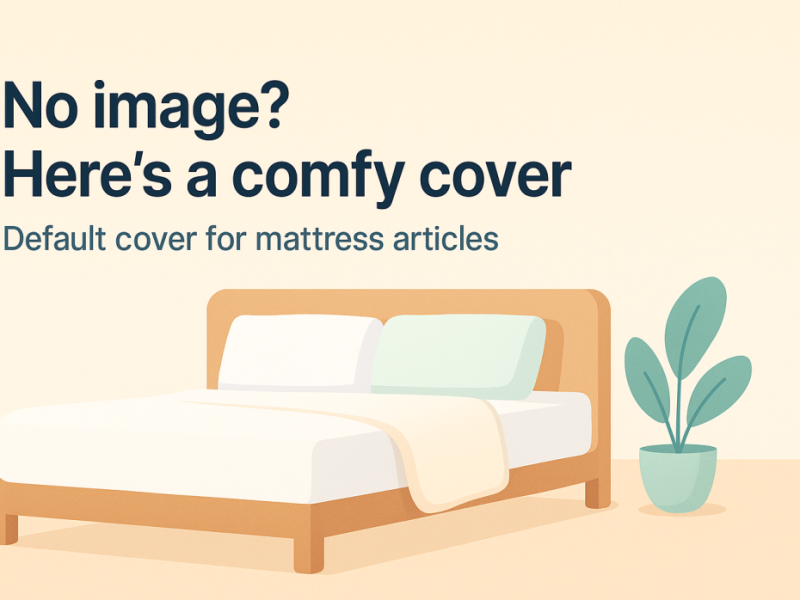The foam vs spring debate is one of the most common questions we hear at Balifoam. The truth is, neither is objectively "better"—the best choice depends on your individual needs, preferences, and sleep style.
Foam Mattresses: The Details
How They Work: Foam mattresses conform closely to your body shape, providing pressure relief and support.
Advantages:
- Excellent pressure relief for side sleepers
- Minimal motion transfer (great for couples)
- Good support for heavier individuals
- Often more affordable
- Durable and long-lasting (10+ years)
- Hypoallergenic options available
Disadvantages:
- Can retain heat (though modern foams improve this)
- May lack bounce for some sleepers
- Can sag over time with lower quality materials
- Off-gassing smell when new
Spring Mattresses: The Details
How They Work: Coiled springs provide support and bounciness, with comfort layers on top.
Advantages:
- Excellent airflow and temperature regulation
- Responsive feel with good bounce
- Great for back and stomach sleepers
- Good support for heavier individuals (high spring count)
- Can last 10-15+ years with quality materials
Disadvantages:
- More motion transfer (couples may feel movement)
- Can develop squeaks over time
- Springs may poke through lower quality covers
- Less contouring than foam
Hybrid Mattresses: The Best of Both Worlds
Want the contouring comfort of foam AND the support and airflow of springs? Hybrid mattresses combine foam comfort layers with spring support cores.
Our Recommendation
Choose based on:
- Sleep Position: Side sleepers: Foam. Back/Stomach: Spring or Firm Foam. Combination: Hybrid.
- Temperature: Hot sleepers: Spring. Cool sleepers: Foam.
- Partner: Partner sleep? Foam for better motion isolation.
- Budget: Both options available at various price points.
At Balifoam, we offer both types. We're confident that whichever you choose, you'll get quality that lasts.

